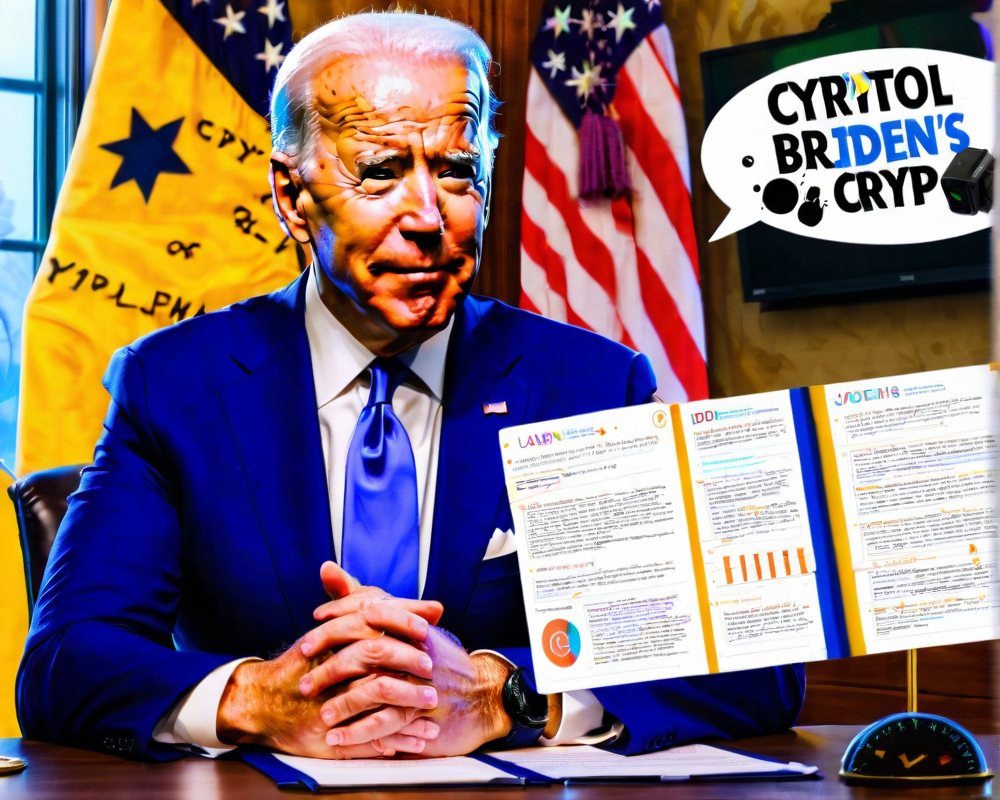The Underlying Framework of Terra
Terra’s ecosystem is not just a fancy website; it’s a robust platform designed for various uses including saving, making payments, and investing. At the heart of this buzzing hub? Stablecoins! They are not just stable in name—they help facilitate everyday transactions while ensuring that things don’t go haywire in terms of pricing.
LUNA: The Foundation of Stability
So, what exactly keeps these stablecoins in check? Enter LUNA! While many know LUNA due to its meteoric rise in 2021, its primary function goes far beyond being a ticket to crypto wealth. According to Terra’s white paper, holding LUNA symbolizes a stake in the stability of the entire network. In essence, it’s the backbone upon which everything stands—or falls.
LUNA’s Role as Mining Power
Terra runs on a Tendermint-based blockchain, where validators play a key role in maintaining the network’s integrity. These validators use a fancy voting system to add new blocks. To join the validator’s party, they must stake a certain amount of LUNA tokens. Currently, there are 130 of these prestigious validators, all working hard to earn transaction fees while sipping their digital martinis.
For those not inclined to run nodes but still wanting a piece of the pie, enter delegators. Think of them as the community cheerleaders—by delegating LUNA tokens, they support validators and earn rewards. The more successful the ecosystem becomes, the higher the rewards for these LUNA stakers, making the entire community a true win-win.
LUNA and Volatility: The Double-Edged Sword
Now here comes the fun part. Whenever you put money into something, you hope it stays stable, right? Well, LUNA’s back in the saddle again to stabilize its stablecoin, UST. Let’s say UST is trading above the $1 peg, what’s the natural human response? Profit! LUNA holders can swap LUNA for UST, taking advantage of the arbitrage opportunity. Essentially, this process balances supply levels of both LUNA and UST, skillfully navigating the chaotic waters of the market.
Conversely, if UST dips below the $1 mark, holders are incentivized to burn UST for LUNA. This moves the needle back toward stability, so in a way, LUNA is the emotional support friend UST needs in a crisis.
The Perpetual Balancing Act
For the Terra ecosystem to flourish, LUNA’s mining demand must remain stable. You might think that with all this going on, rewards would be a cakewalk. Not quite! Because as the ecosystem grows, transaction fees rise, but mining rewards can be unpredictable. If users can’t count on consistent payouts, it might make them shy away from staking LUNA, making profitability a real guessing game!
Conclusion: The Evolving Landscape
As we continue to navigate the wild west of cryptocurrencies, understanding the intricacies of systems like Terra is vital. Investing in LUNA isn’t just about riding the price wave; it’s about being part of a larger mission to maintain stability in a volatile market. And if nothing else, you certainly have a story to tell at your next dinner party!




